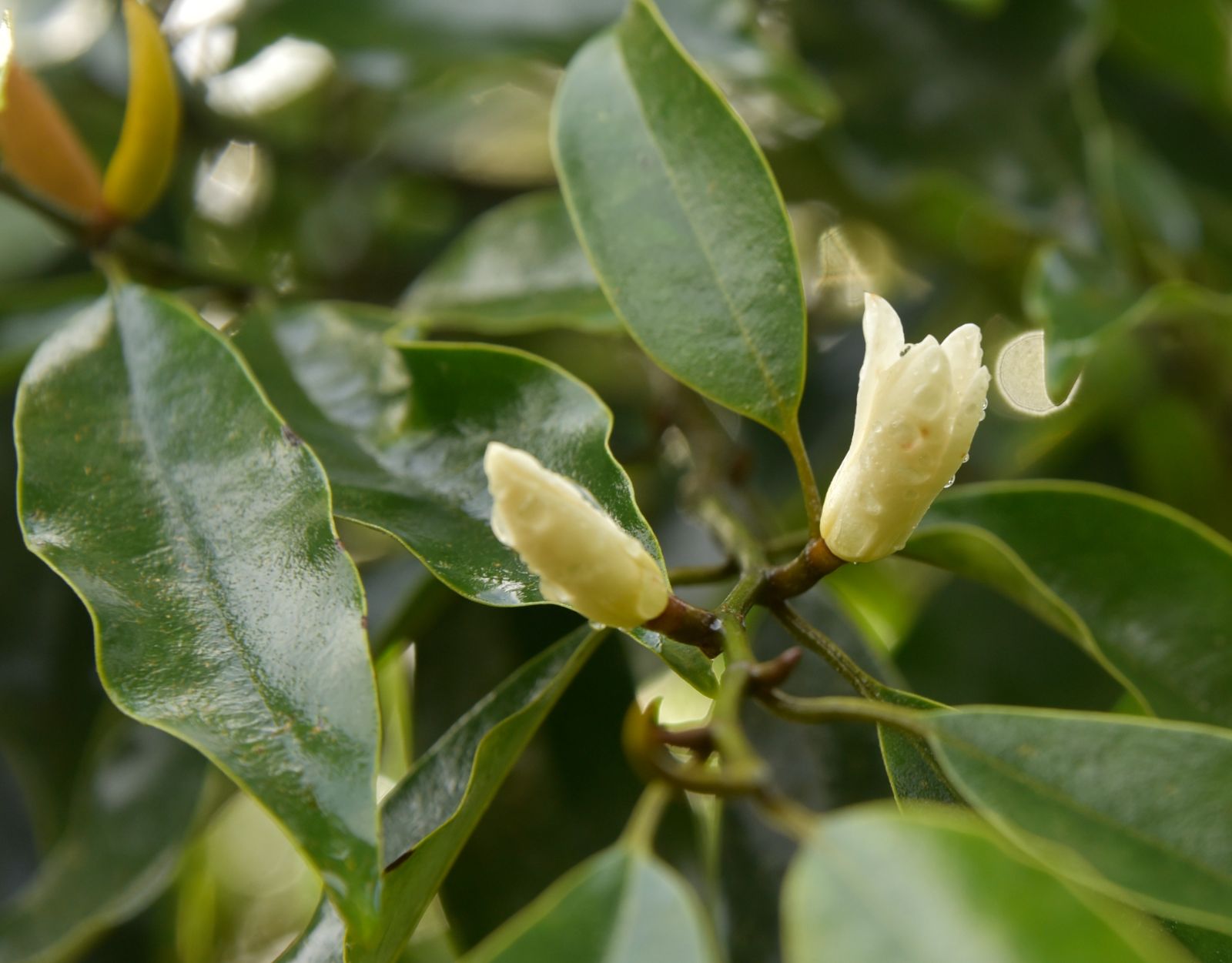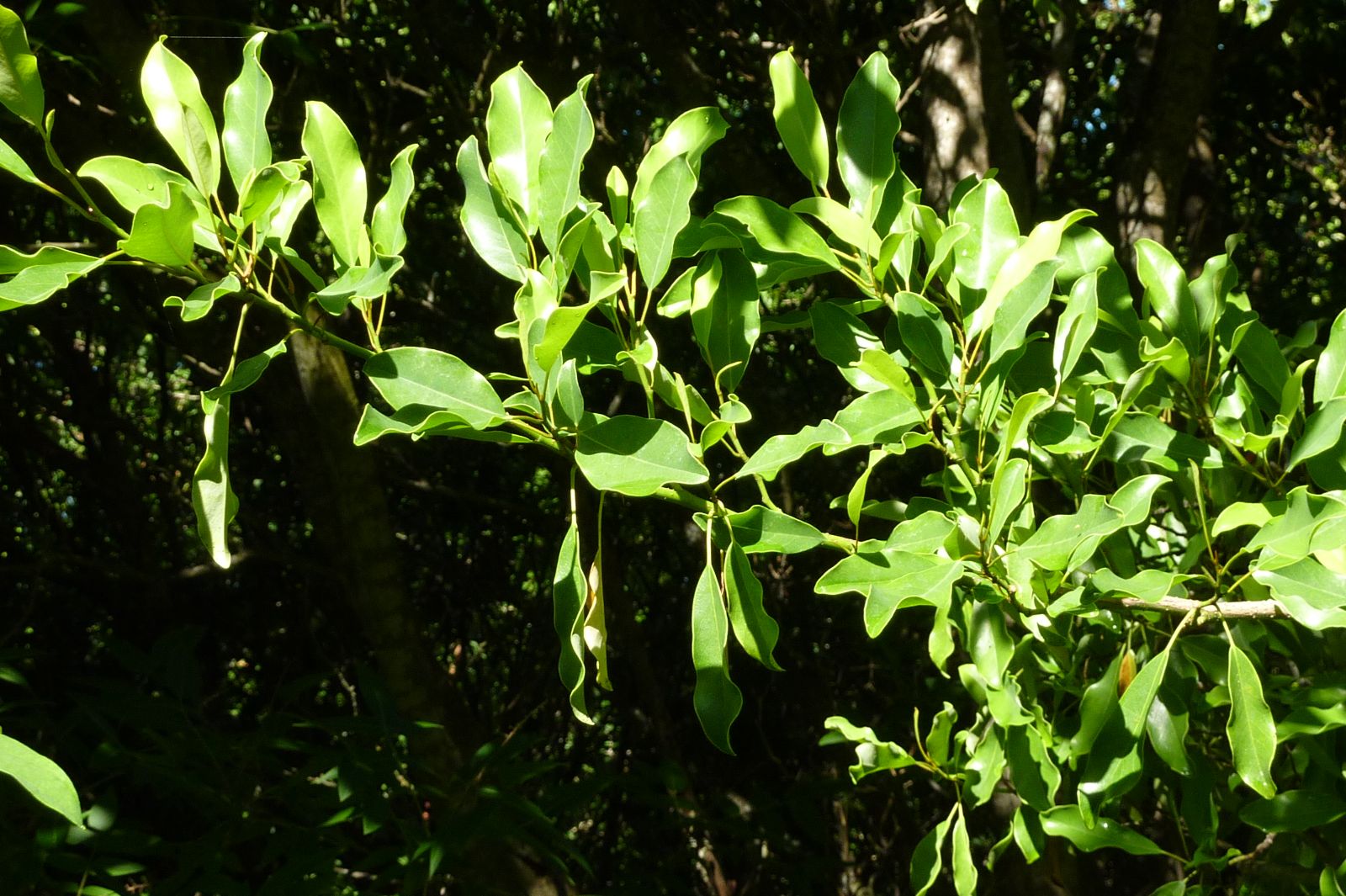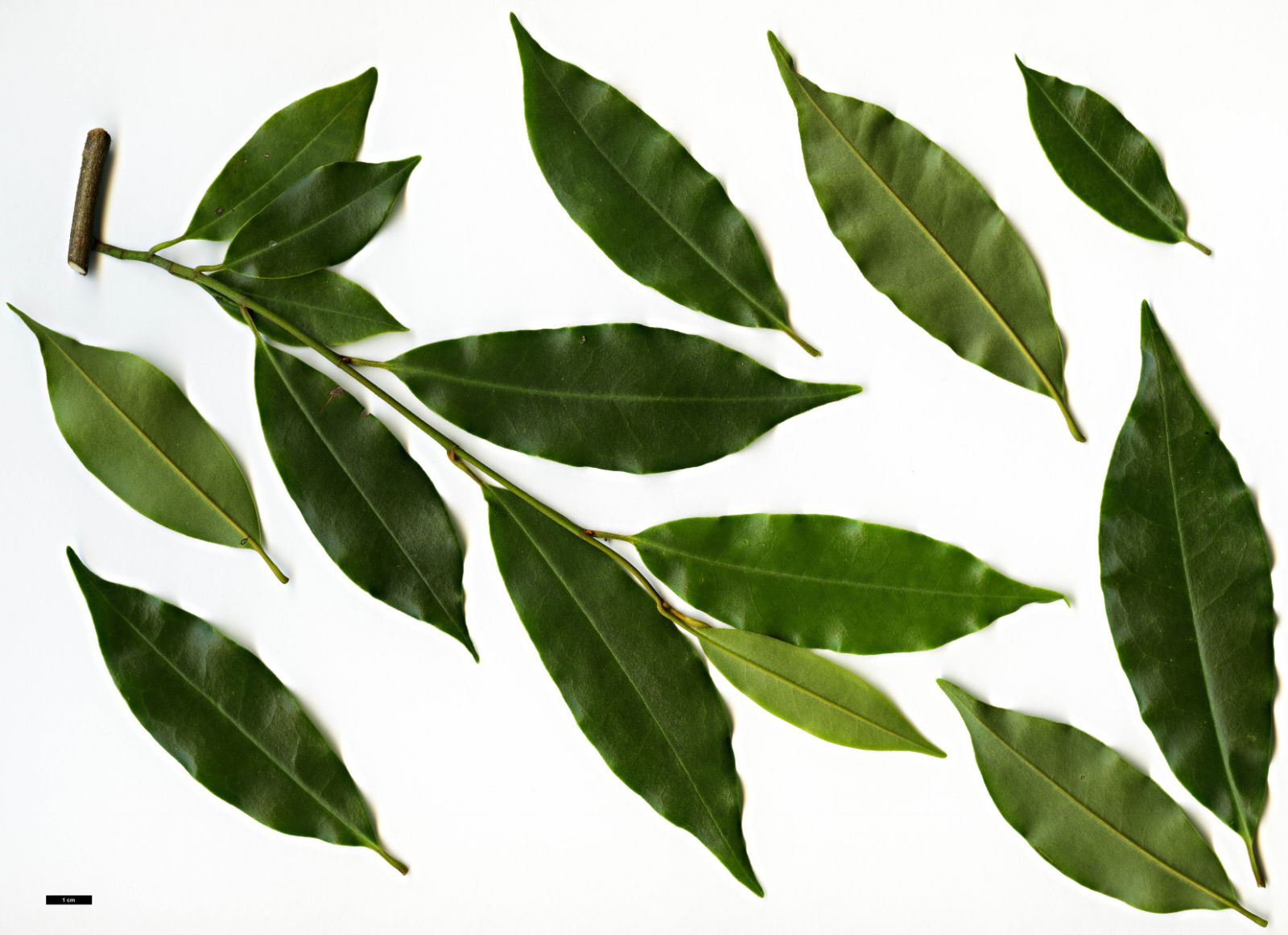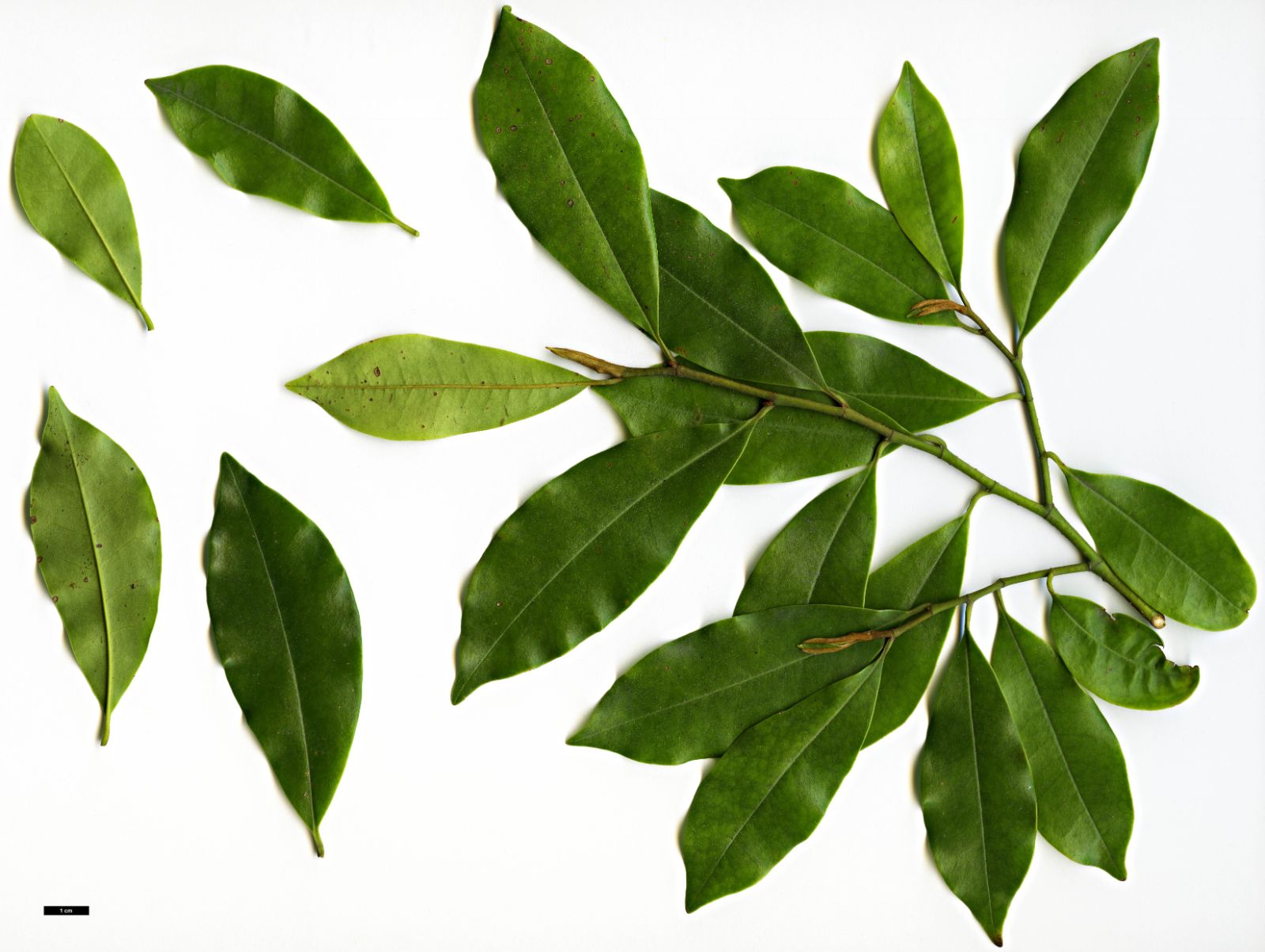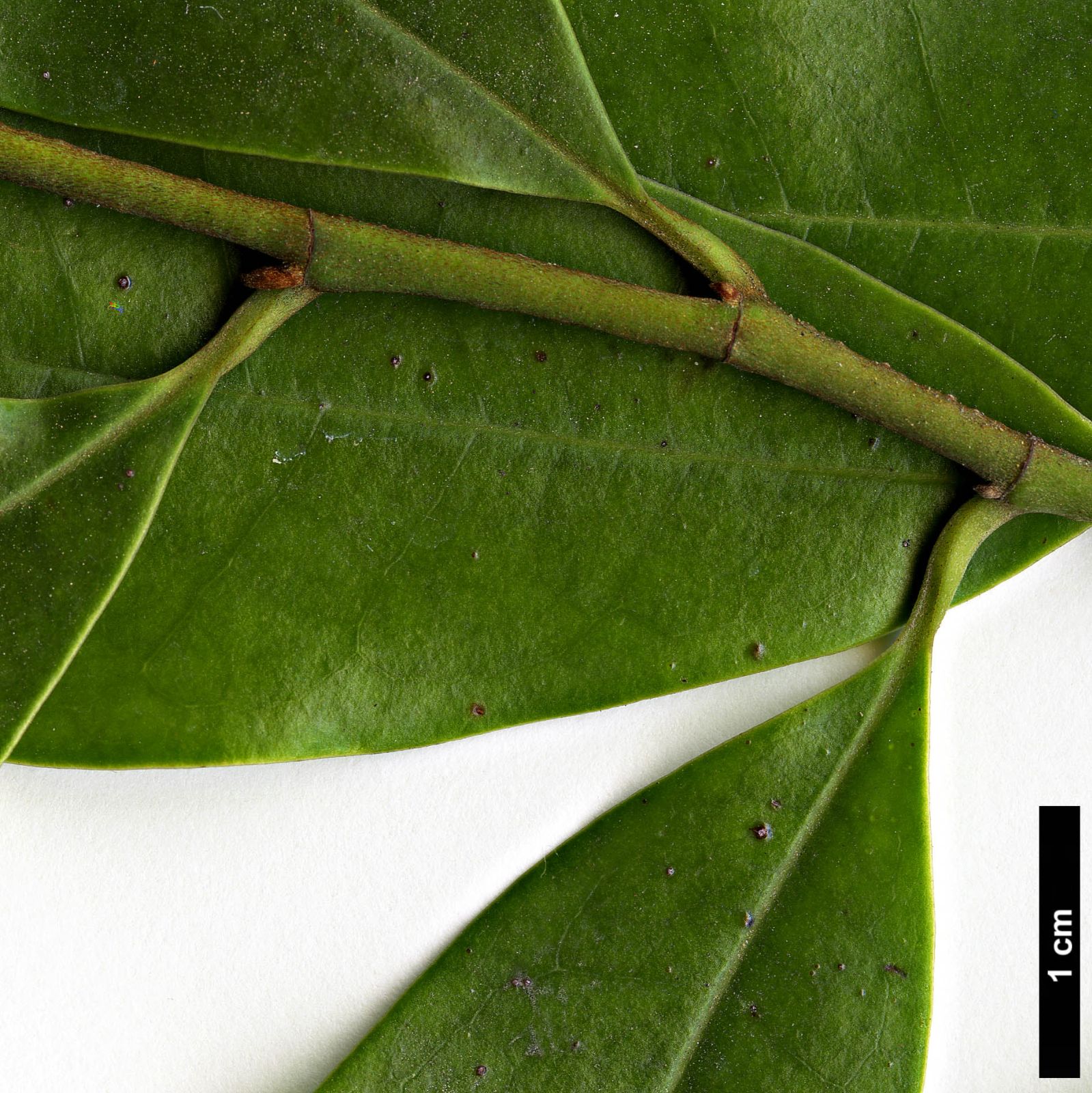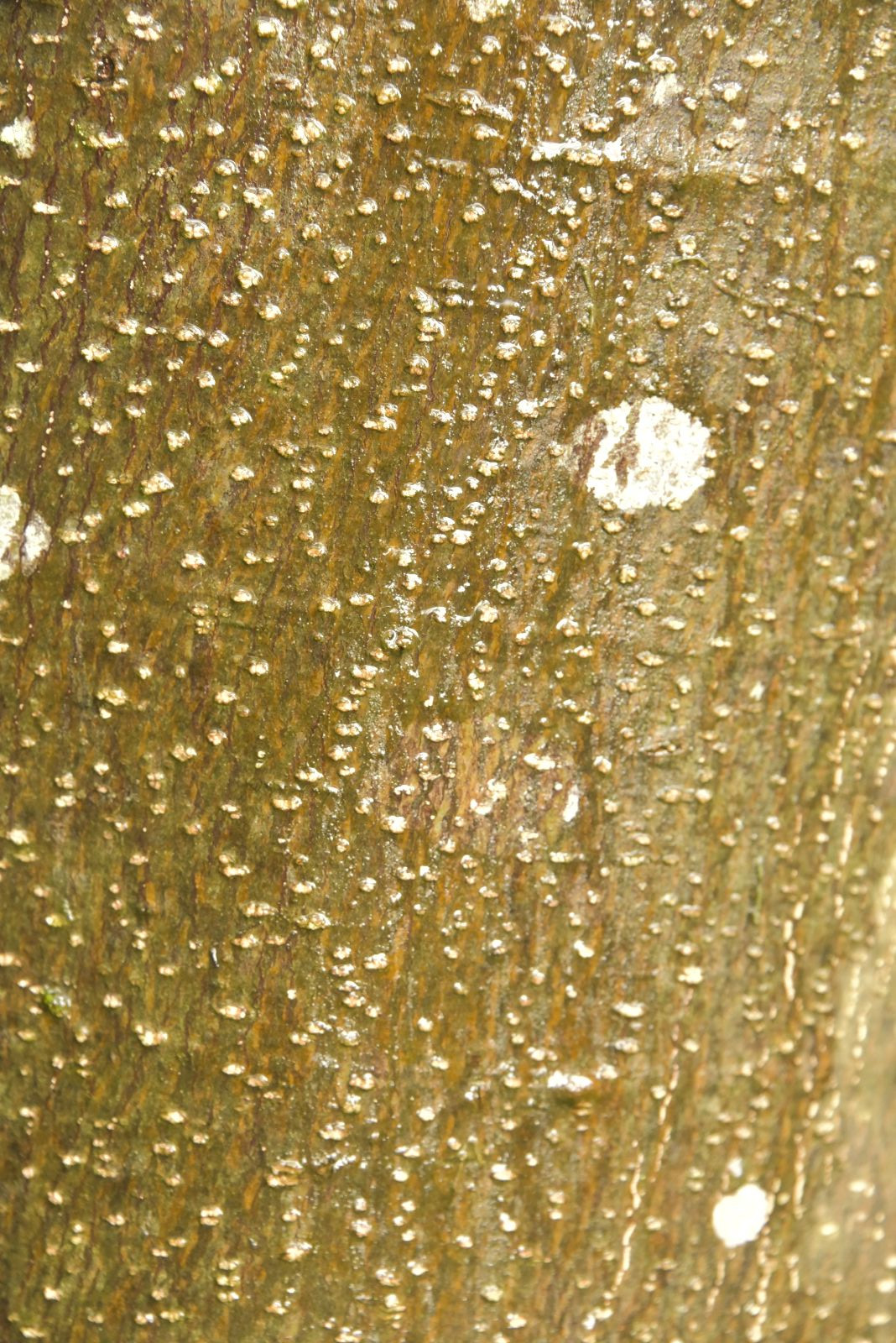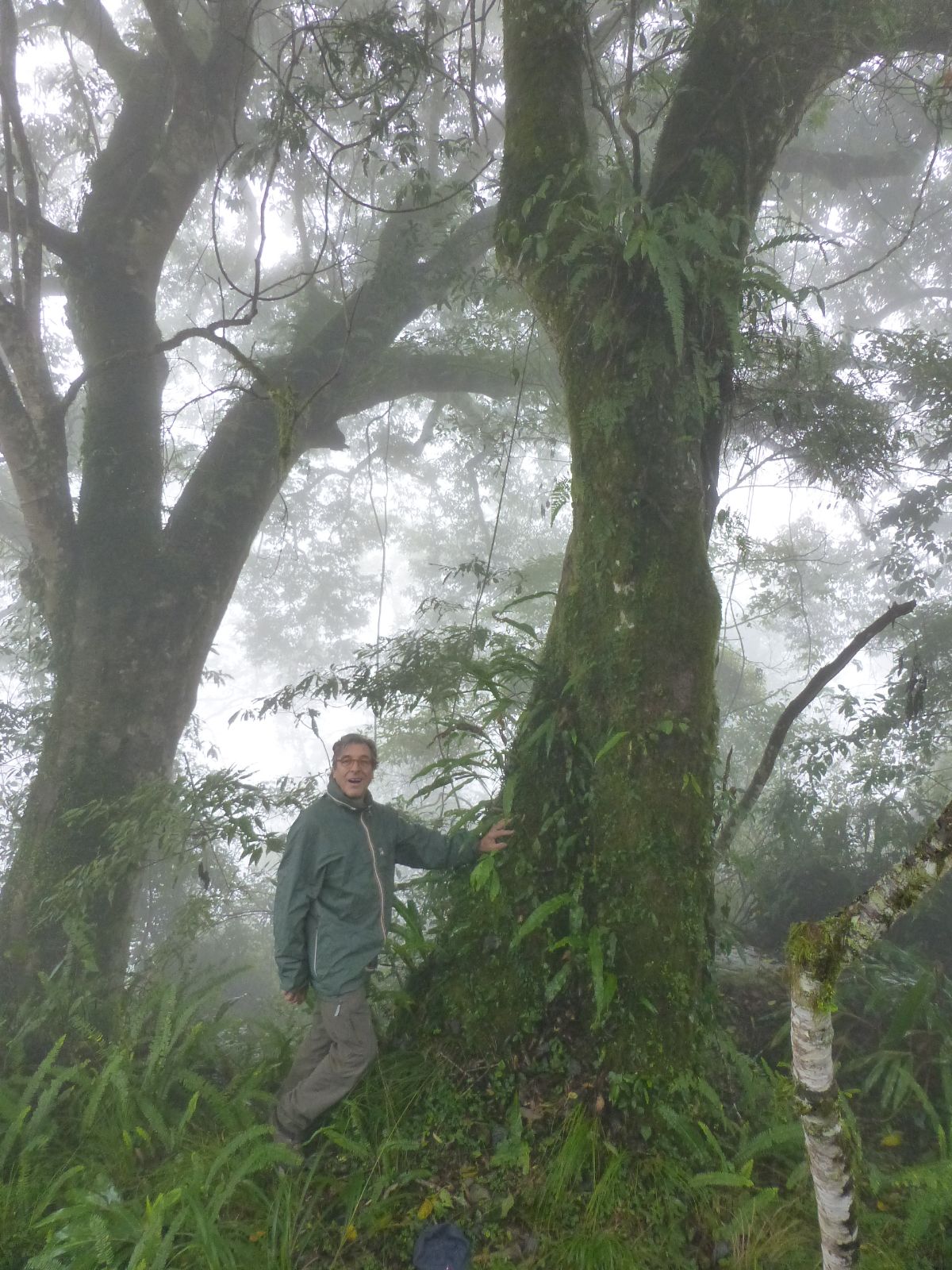Magnolia compressa
Sponsor
Kindly sponsored by
The Roy Overland Charitable Trust

Credits
Julian Sutton (2022)
Recommended citation
Sutton, J. (2022), 'Magnolia compressa' from the website Trees and Shrubs Online (treesandshrubsonline.
Genus
- Magnolia
- Section Michelia
Synonyms
- Michelia compressa (Maxim.) Sarg.
Other taxa in genus
- Magnolia acuminata
- Magnolia × alba
- Magnolia amabilis
- Magnolia amoena
- Magnolia aromatica
- Magnolia biondii
- Magnolia × brooklynensis
- Magnolia campbellii
- Magnolia cathcartii
- Magnolia cavaleriei
- Magnolia caveana
- Magnolia champaca
- Magnolia changhungtana
- Magnolia chapensis
- Magnolia conifera
- Magnolia Cultivars A
- Magnolia Cultivars B
- Magnolia Cultivars C
- Magnolia Cultivars D
- Magnolia Cultivars E
- Magnolia Cultivars F
- Magnolia Cultivars G
- Magnolia Cultivars H–I
- Magnolia Cultivars J
- Magnolia Cultivars K
- Magnolia Cultivars L
- Magnolia Cultivars M
- Magnolia Cultivars N–O
- Magnolia Cultivars P
- Magnolia Cultivars Q–R
- Magnolia Cultivars S
- Magnolia Cultivars T
- Magnolia Cultivars U–V
- Magnolia Cultivars W–Z
- Magnolia cylindrica
- Magnolia dandyi
- Magnolia dawsoniana
- Magnolia de Vos and Kosar hybrids
- Magnolia decidua
- Magnolia delavayi
- Magnolia denudata
- Magnolia doltsopa
- Magnolia duclouxii
- Magnolia ernestii
- Magnolia figo
- Magnolia floribunda
- Magnolia × foggii
- Magnolia fordiana
- Magnolia foveolata
- Magnolia fraseri
- Magnolia fulva
- Magnolia globosa
- Magnolia × gotoburgensis
- Magnolia grandiflora
- Magnolia grandis
- Magnolia Gresham hybrids
- Magnolia guangdongensis
- Magnolia hookeri
- Magnolia insignis
- Magnolia Jury hybrids
- Magnolia × kewensis
- Magnolia kobus
- Magnolia kwangtungensis
- Magnolia laevifolia
- Magnolia lanuginosa
- Magnolia leveilleana
- Magnolia liliiflora
- Magnolia × loebneri
- Magnolia lotungensis
- Magnolia macclurei
- Magnolia macrophylla
- Magnolia martini
- Magnolia maudiae
- Magnolia nitida
- Magnolia obovata
- Magnolia officinalis
- Magnolia opipara
- Magnolia × proctoriana
- Magnolia × pruhoniciana
- Magnolia rostrata
- Magnolia salicifolia
- Magnolia sapaensis
- Magnolia sargentiana
- Magnolia sieboldii
- Magnolia sinensis
- Magnolia sinica
- Magnolia sinostellata
- Magnolia × soulangeana
- Magnolia sprengeri
- Magnolia stellata
- Magnolia tamaulipana
- Magnolia × thomsoniana
- Magnolia tripetala
- Magnolia × veitchii
- Magnolia virginiana
- Magnolia × wieseneri
- Magnolia wilsonii
- Magnolia xinganensis
- Magnolia yunnanensis
- Magnolia yuyuanensis
- Magnolia zenii
Evergreen tree to 17 m tall and 1 m dbh. Bark grey-brown, smooth. Axillary buds, young branchlets, petioles, and leaf blade midvein with brown appressed short hairs. Leaf blade obovate-elliptic to narrowly elliptic, 5–7 × 2–3 cm, thinly leathery; secondary veins 8–12 on each side of midvein, reticulate veins sparse, slightly prominent on both surfaces when dry; base cuneate; apex acute to acuminate. Petiole 0.8–1.2 cm, without a stipular scar. Brachyblast 6–7 mm, with appressed hairs and 1 or 2 bract scars. Flower buds golden yellow, with appressed silky hairs. Tepals 12, pale yellowish to white, often reddish near base, narrowly obovate, 12–15 × 3–5 mm. Stamens ~45, 5–6 mm; connective exserted and forming a 1–1.8 mm long tip; anthers 3.5–4 mm, dehiscing laterally. Gynophore ~3 mm; gynoecium ~4 mm, with fine golden yellow hairs. Fruit 3–5 cm; mature carpels ellipsoid to ovoid, 1.5–2 × 1.1–1.4 cm, dehiscing dorsally, apex mucronate. Seeds 2–4 per carpel, pink. Flowering January, fruiting October-November in the wild. Diploid 2n = 38. (Xia, Liu & Nooteboom 2008; Chen & Nooteboom 1993; IUCN 2021).
Distribution China Yunnan (1 locality) Japan S Honshu, Kyushu, Shikoku, Ryukyu Is. Philippines Taiwan
Habitat Evergreen broad-leaved forests; 200–2600 m.
USDA Hardiness Zone 9-10
RHS Hardiness Rating H3
Conservation status Data deficient (DD)
Taxonomic note Two Taiwanese regional variants, var. formosana (Kaneh.) C.F. Chen and var. lanyuensis (S.Y. Lu) C.F. Chen are not accepted by either Flora of China (Xia, Liu & Nooteboom 2008) or Plants of the World Online (Royal Botanic Gardens, Kew 2021).
A medium tree in the wild, this small-flowered, fragrant, evergreen species in Section Michelia has clung to cultivation for more than a century as a wall shrub for milder parts of our area. The most widely distributed species in its section (Chen & Nooteboom 1993), it is not rated highly for its floral display.
A pale yellow flowered form introduced to Kew from Japan in 1894 has survived even severe winters such as 1962–3 as a shrub grown against sheltered, sunny walls in southern England – notably at Borde Hill, W. Sussex (Bean 1981; Edwards & Marshall 2019). Flowering has generally been poor, and it has never threatened to enter the mainstream of horticulture. More recent introductions to North America have made only small impact. An introduction from Shikoku to Quarryhill, California in 1989 (SOJA 231) has made a small tree, albeit sparse and lanky. An ivory-white flowered Taiwanese plant which reached 4 m in 10m years is offered (as var. lanyuensis) by Xera Plants of Portland, OR, who again recommend it for sheltered walls in sun or partial shade in coastal Oregon; they contrast the ‘grass green […] matte’ leaves with the ‘sombre glossy’ foliage of M. grandiflora (Xera Plants 2021).
M. compressa has been used as a parent of hybrids with other michelias in China (Lobdell 2021).

